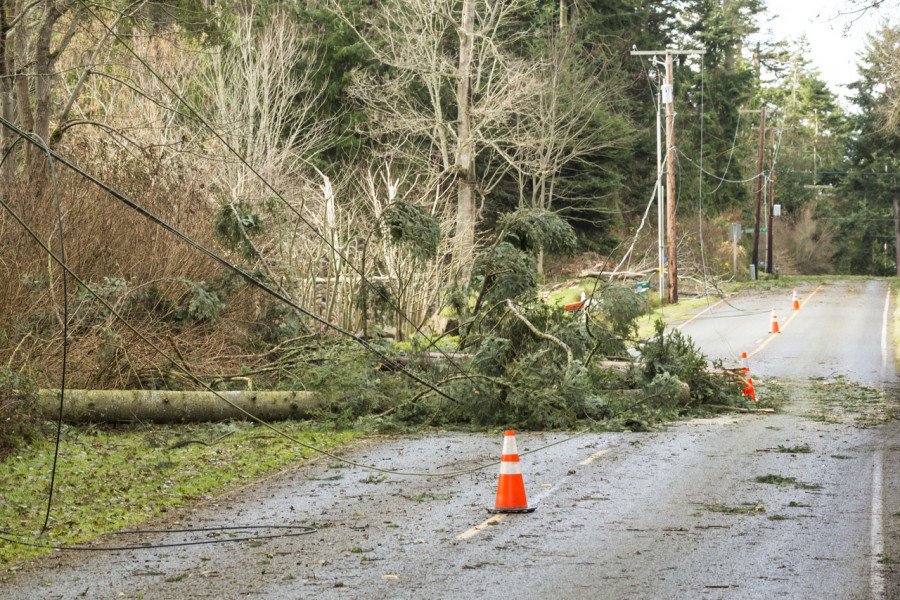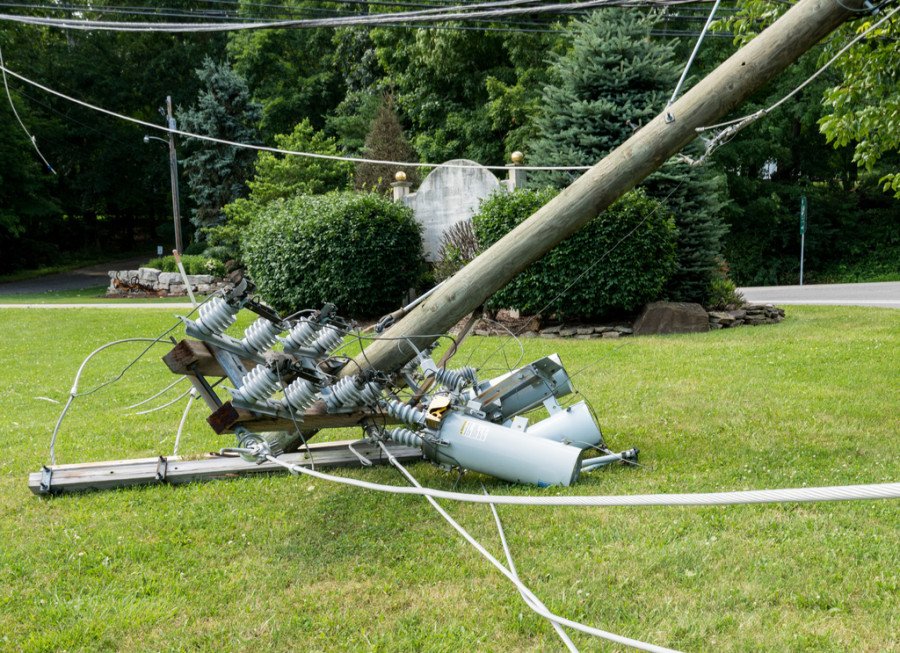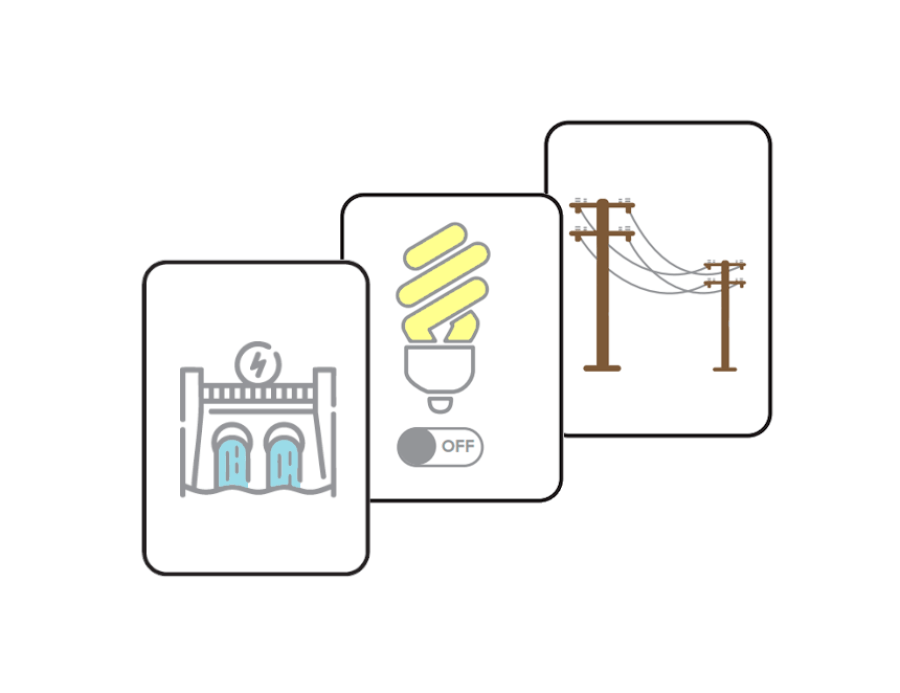Electrical Safety Week
In May we celebrate Electrical Safety Week with presentations in schools all over BC. Join us with these Safety activities.
- Grades K-7
- 10 activities
- 5.5 hours

Big idea
Learn how to be safe around electricity in your community, your home, and in an emergency.
Learning objectives
- Identify and respond safely to electrical safety hazards like downed power lines
- Learn how BC Hydro generates and distributes electricity safely
- Understand the various ways electricity travels including touch potential, step potential and arcing
Activities

Electrical safety review
Fill in the blanks to complete these important safety statements.

Safety sing-along
Learn how to spot the dangers and stay safe around power lines.

Staying safe around a fallen power line
What do you do if you see a downed power line?
BC curriculum fit
These activities connect to many curricular competencies as well as curriculum points in Physical and Health Education, Science, and ADST. See individual activities for more detail.
Assessments
Each activity includes tips on how to assess learning success based on the contents of the activity and the curriculum connections to the respective grade. Make sure to check out the Curriculum fit tab on each activity to review.
Background info
Electrical safety tips
- Never put fingers or other objects in an outlet
- Keep metal objects out of toasters
- Never use anything with a cord or plug around water
- Never pull a plug out by its cord
- Stay away from substations and power lines
- Don't climb on power poles
- Never fly kites near power lines
- Stay away from broken or fallen power lines
- Never touch or climb trees that are near power lines
- Never touch big, metal transformer boxes with warning sign
- Obey warning signs
Electrical safety, electricity and power lines
Power lines are conductive meaning the electrical current runs through them with the least resistance. However if something makes contact with a live power line like a tree, kite, or ladder, the electrical current may flow to the ground. The place where the current touches the ground is the highest voltage and from that point the electrical current spreads out in irregular concentric circles. The voltage or electrical intensity decreases as it moves further from the source. 10 metres or more from the source of contact, like a downed power line, is a safe distance.
Touch potential is the ability electricity has to find its way through touch to get to the ground. If a kite gets tangled in a power line, the electrical current could travel through the kite and you to reach the ground. Birds do not get zapped when standing on a power line, however they would if they straddled two power lines, or touch their beak to the ground while standing on the power line.
Step potential is the ability electricity has to move through your body as you step away from the source of electricity. As electrical current flows through the ground the voltage decreases in concentric rings or ripples as you move further from the source. However, if you move away by lifting one foot, the change in voltage between the concentric rings can travel up one leg and down the other. Instead by keeping your legs together and shuffling your feet, the electrical current will stay in the ground. 10 metres is the safe distance calculated based on the voltage in the power lines here in B.C.
Arcing is the ability electricity has to jump through the air to find a path to ground. The term arcing describes the shape the electrical current uses to get to the ground. Some jobs around your home may take you close to power lines, such as trimming trees, working on your roof, or doing exterior renovations. It is important to keep yourself and any tools you’re using at least three metres (the length of a four-door car) away from power lines near your home. This is because electricity can "arc" or jump from power lines across a gap, to tools or ladders that you're using.








